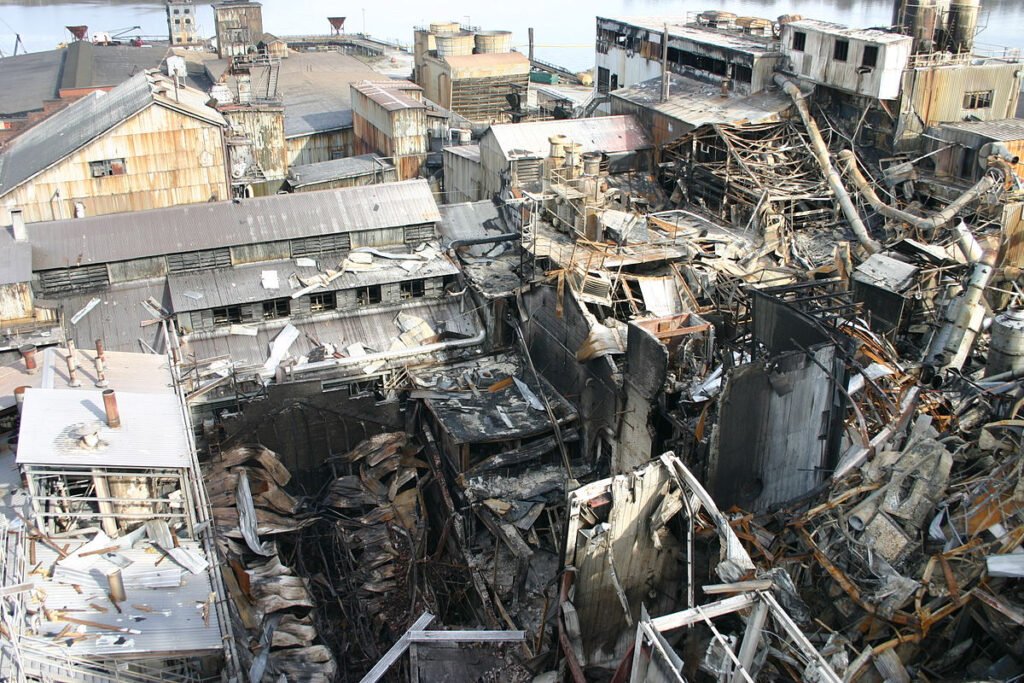DSEAR & ATEX LEGISLATION/REGULATIONS
The Dangerous Substances and Explosive Atmospheres 2002 Regulations (DSEAR), which came into force in 2003 for new installations and 2006 for existing installations (three-year transition), sets minimum requirements for the protection of workers from fire and explosion risks related to dangerous substances and potentially explosive atmospheres in the workplace.
DSEAR is implemented by the UK Health and Safety Executive (HSE) to facilitate in the compliance of the EU “ATmosphere EXplosible” Directive 99/92/EC, which is known as the “Worker Protection” or “Workplace” Directive, or “ATEX 153” for short. However, as Directive 99/92/EC (ATEX 153, previous ATEX 137) is a European Directive, there exist alternative frameworks implemented throughout the European Union (EU) members, in each specific country, as a vehicle towards safer compliance.
DSEAR also puts into effect certain elements of the Chemical Agent Directive 98/24/EC (CAD) that deal with flammable risks. However, from June 2015, DSEAR also covers risks caused by gases under pressure and substances that are corrosive to metals. This is to allow for changes in EU CAD where the physical hazard aspects of which are implemented in Great Britain through DSEAR.

Another important EU Directive is ATEX 2014/34/EU (formerly ATEX 94/9/EC) which is also known as “ATEX 114” or the “Product” Directive, which is concerned with the manufacture of equipment and protective systems for use in potential explosive atmospheres. It is implemented in the UK by the “Equipment and Protective Systems Intended for Use in Potential Explosive Atmosphere” Regulations 1996 (SI 1996/192) (EPS). The EPS Regulations works in conjunction with DSEAR regarding what equipment can be installed in a plant.
In DSEAR, Dangerous Substances are substances or mixtures of substances (called ‘preparations’ in DSEAR) that could create risks to people’s safety from fires and explosions or similar events, such as ‘thermal runaway’ from chemical reactions or are corrosive to metal. Liquids, gases, vapours and dusts that may be found in a workplace can all be dangerous substances. However, it does not address toxic or health risks of those substances, which are generally dealt with by the Control of Substances Hazardous to Health Regulations (COSHH), which have been amended to implement the health side of CAD.
A good indication of what substances are classified as hazardous within any physical hazard class, is whether they are classified under the Classification, Labelling and Packaging (CLP) Regulation.
Sometimes, it is not straightforward to determine whether a new or existing substance or preparation is classified as a dangerous substance at certain process or storage conditions. HACC can help determine if your substances or preparation should be classified as a dangerous substance, specific to your process, storage and environmental conditions, by either numerical analysis or laboratory testing in order to define the Basis of Safety.
Please contact us for more information.
